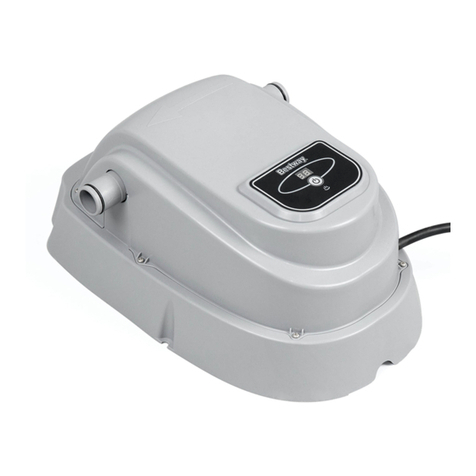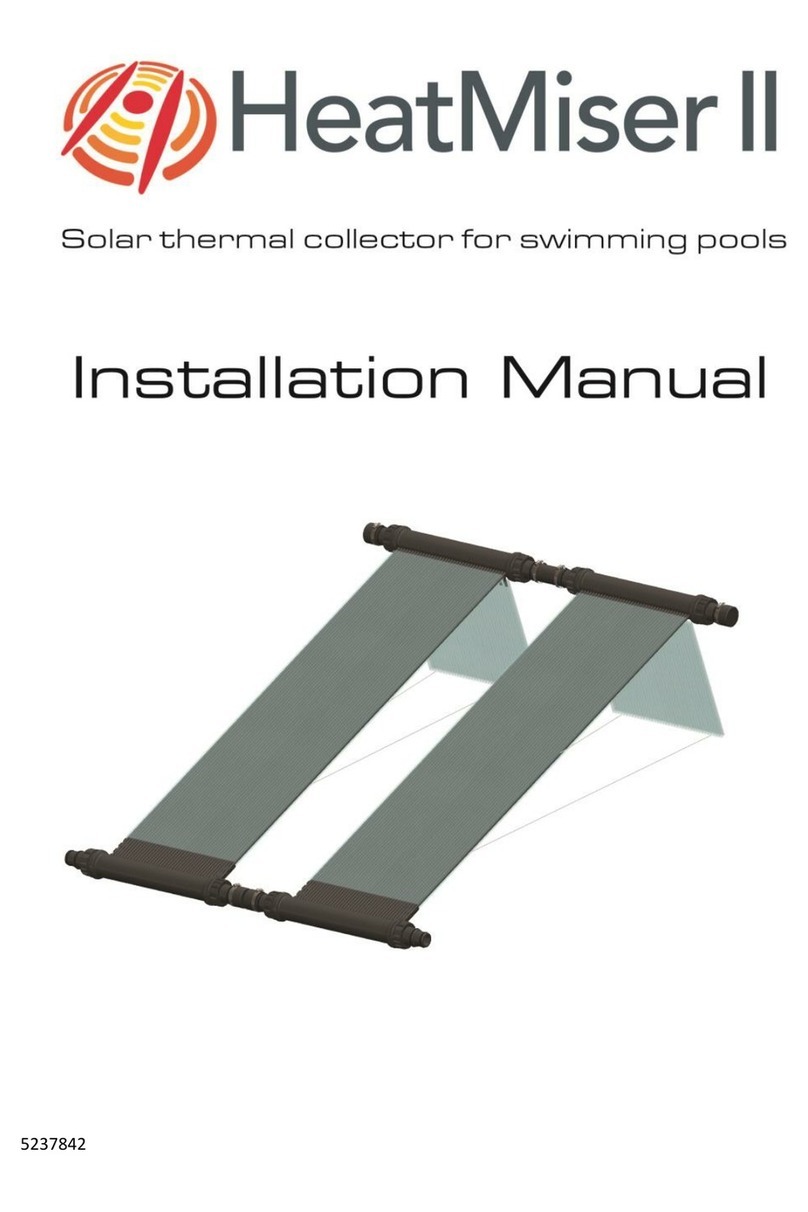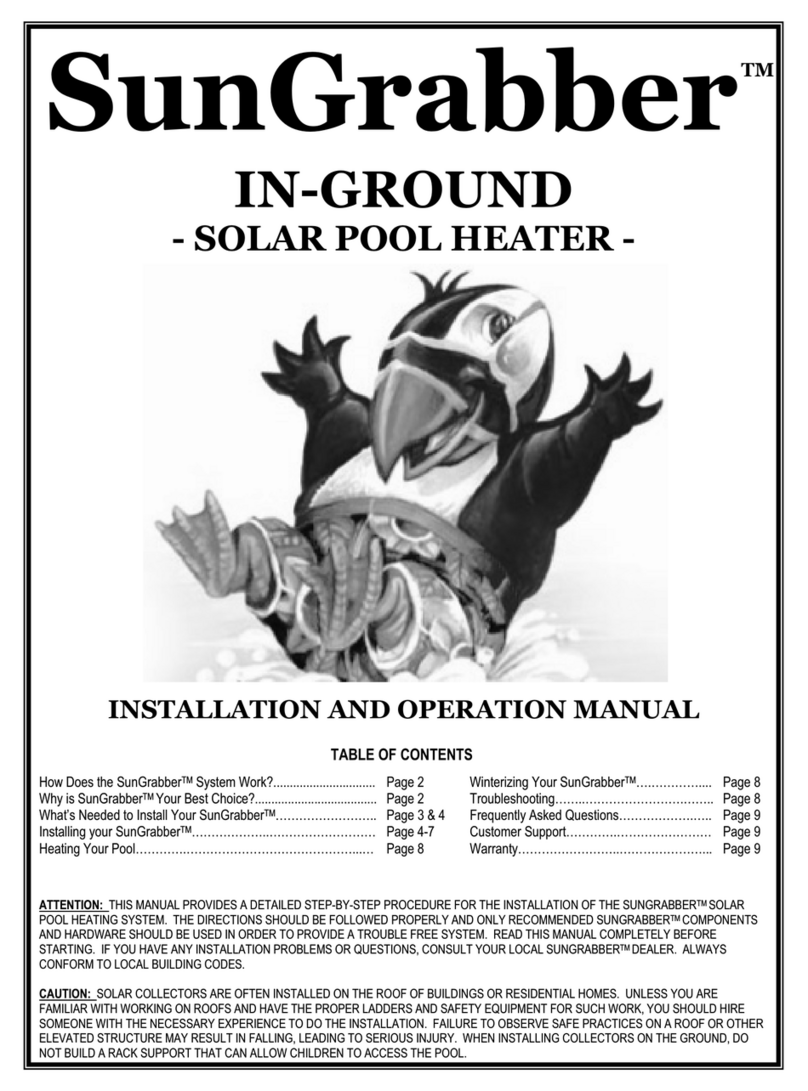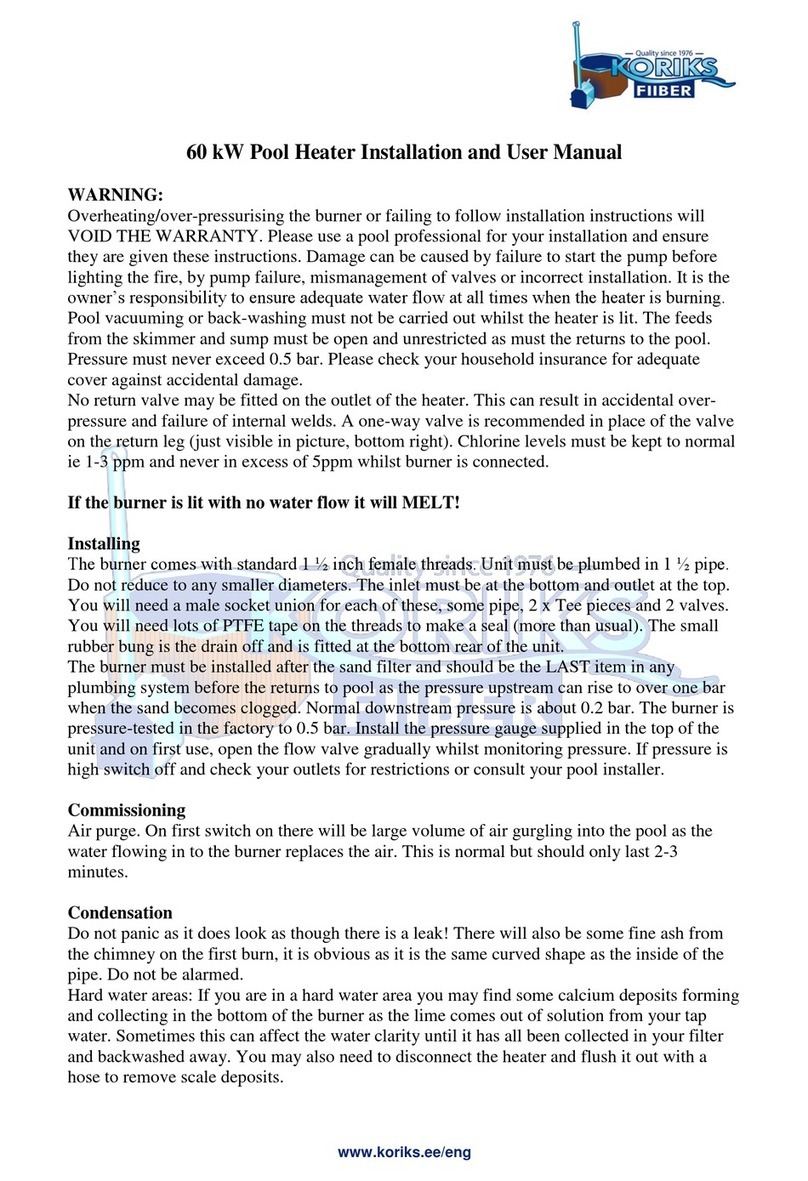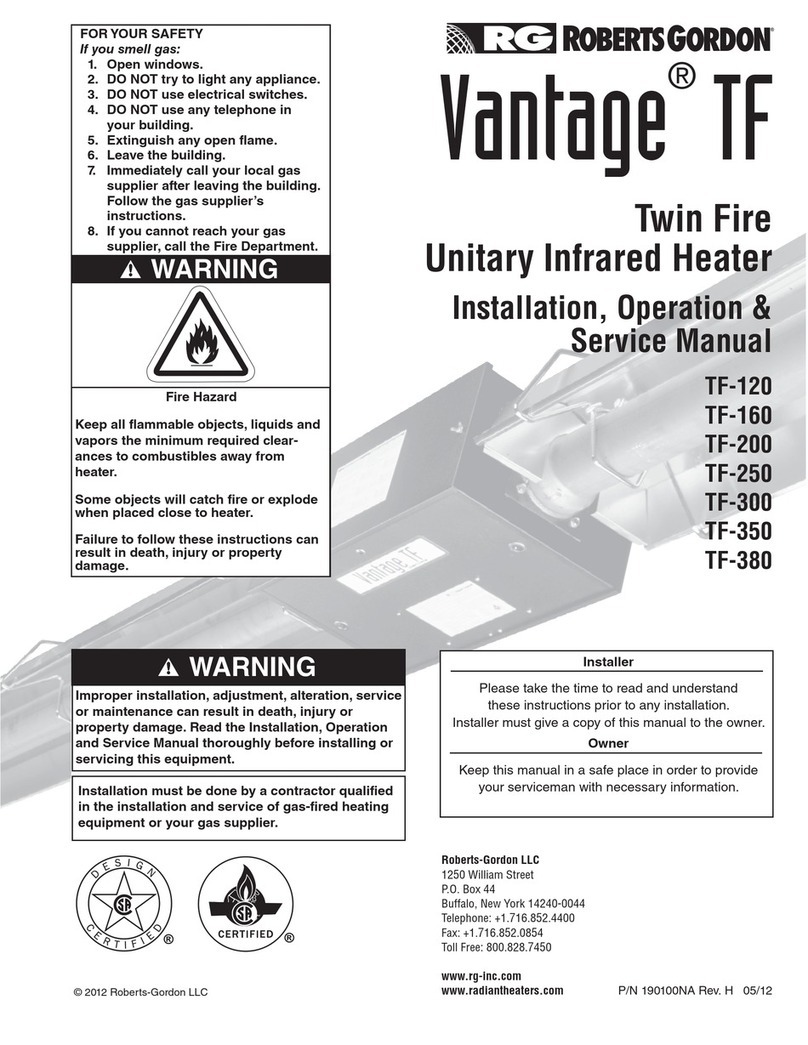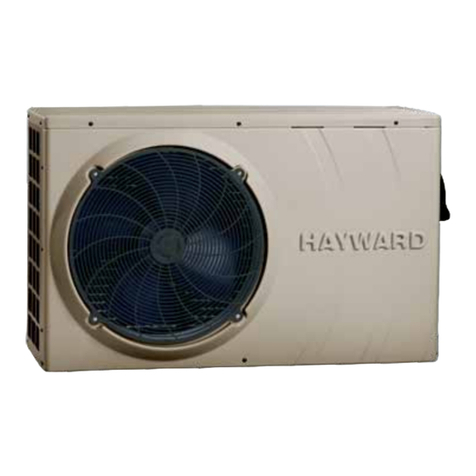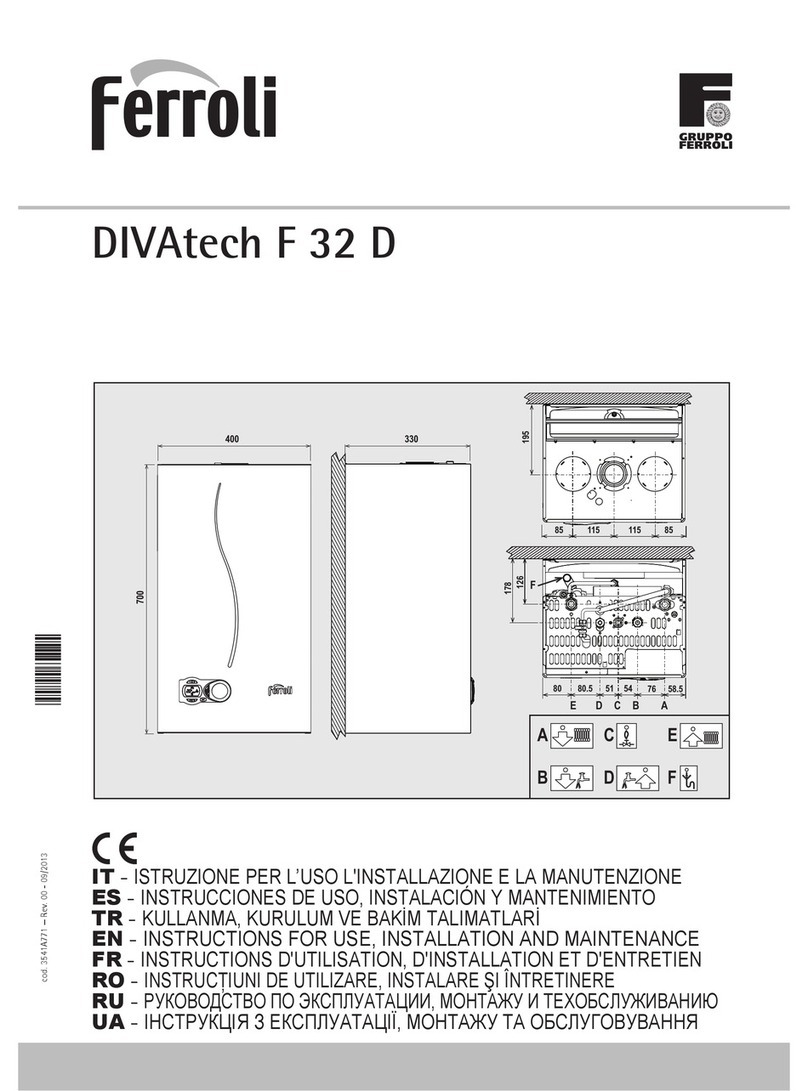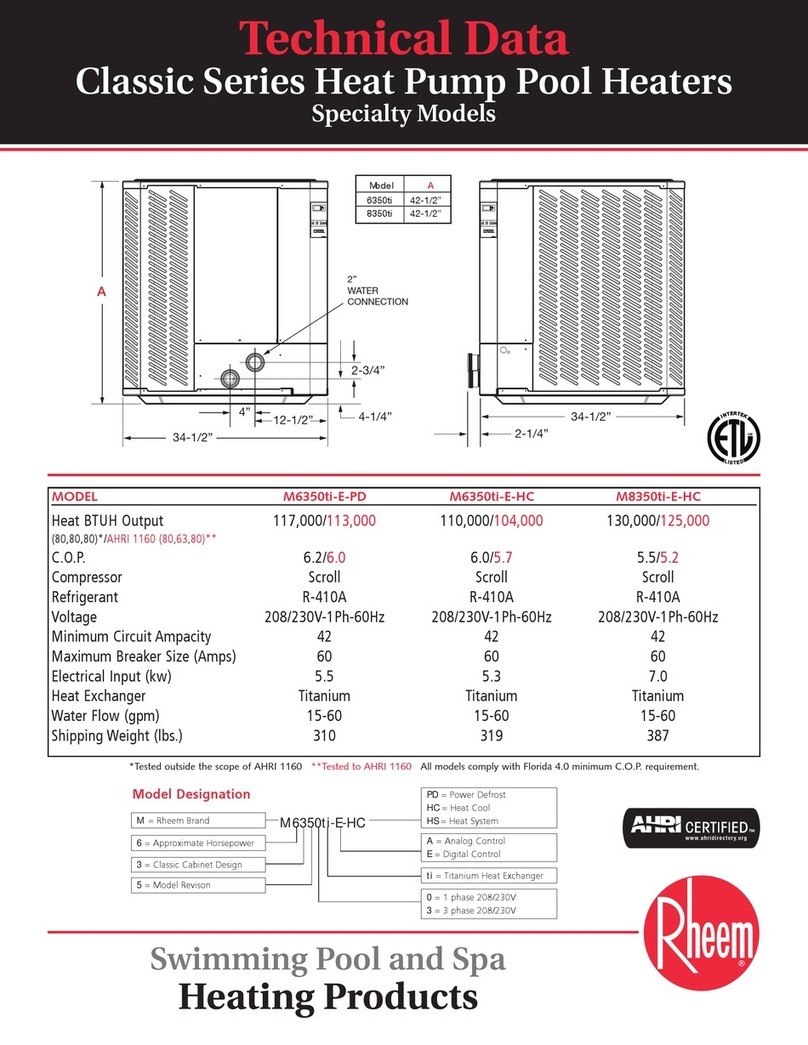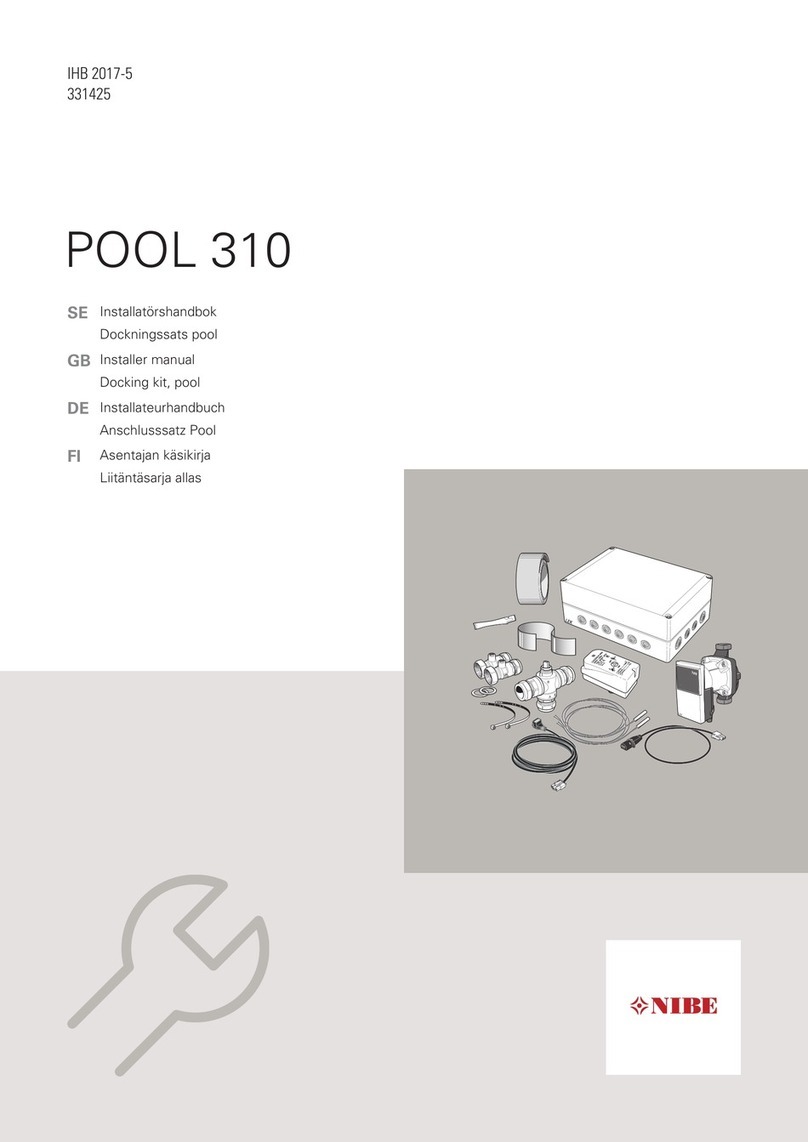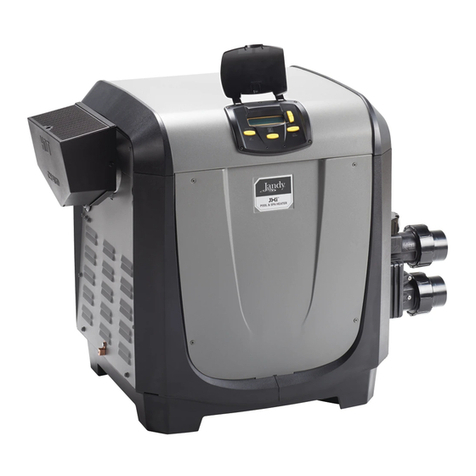2EN
B
Declaration of conformity
Manufacturer: FERROLI S.p.A.
Address: Via Ritonda 78/a 37047 San Bonifacio VR Italy
declares that this unit complies with the following EU directives:
• Gas Appliance Directive 2009/142
• Efficiency Directive 92/42
• Low Voltage Directive 73/23 (amended by 93/68)
• Electromagnetic Compatibility Directive 89/336 (amended by 93/68)
President and Legal Representative
Cav. del Lavoro
Dante Ferroli
BThis symbol indicates "Caution" and is placed next to all safety warnings. Strictly follow
these instructions in order to avoid danger and damage to persons, animals and things.
AThis symbols calls attention to a note or important notice.
cod. -- - 11/2010 (Rev. 00)
• Carefully read the warnings in this instruction book-
let since they provide important information on safe
installation, use and maintenance.
• This instruction booklet is an integral part of the
product and must be carefully kept by the user for fu-
ture reference.
• If the unit is sold or transferred to another owner or if
it is to be moved, always make sure that the booklet
accompanies the boiler so that it can be consulted
by the new owner and/or installer.
• Installation and maintenance must be carried out by
professionally qualified personnel, according to cur-
rent regulations and the manufacturer's instructions.
• Incorrect installation or poor maintenance can cause
damage or physical injury. The manufacturer de-
clines any responsibility for damage caused by er-
rors in installation and use or by failure to follow the
manufacturer's instructions.
• Before carrying out any cleaning or maintenance oper-
ation, disconnect the unit from the electrical power sup-
ply using the switch and/or the special cut-off devices.
• In case the unit breaks down and/or functions poorly,
deactivate it, do not make any attempt to repair it or
directly intervene. Contact professionally qualified
personnel. Any repair/replacement of products must
only be carried out by qualified professional person-
nel using exclusively genuine parts. Failure to com-
ply with the above could affect the safety of the unit.
• Periodical maintenance carried out by qualified personnel
is essential for guaranteeing good operation of the unit.
• This unit must only be used for the purpose for which
it was designed. Any other use is considered im-
proper and therefore hazardous.
• After removing the packing, check the integrity of the
contents. Packing materials must not be left within the
reach of children as they are potentially hazardous.
• In case of doubt do not use the unit, and contact the
supplier.
• The images shown in this manual are a simplified
representation of the product. In this representation
there may be slight, unimportant differences with the
supplied product.
